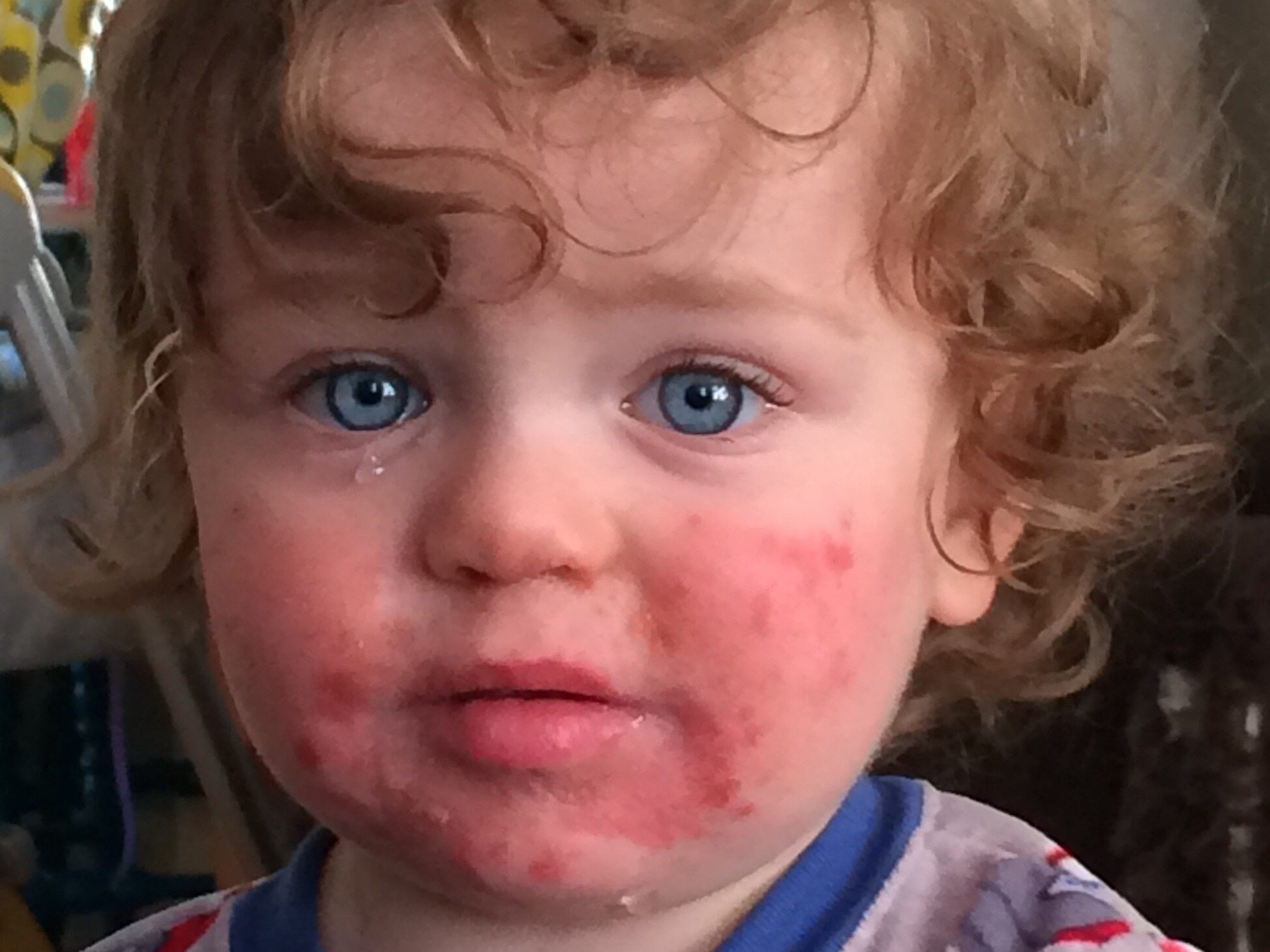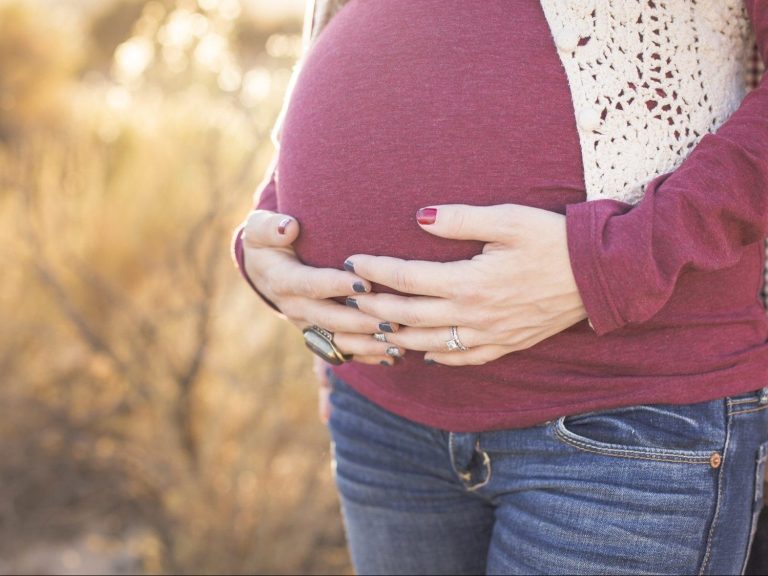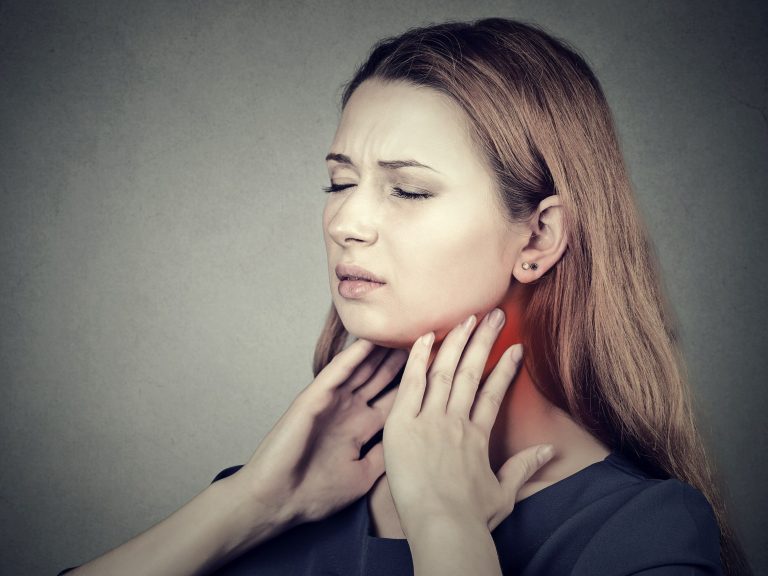A mysterious rash kept children at home before Christmas. Is erythema infectiosum dangerous?

There are more and more cases of erythema infectiosum in children. Due to the fact that this is a typical “virus”, institutions appeal not to bring children to schools and kindergartens. How does this disease manifest itself and is it dangerous?
Erythema infectiosum is a mild disease caused by Parvovirus B19. It most often occurs in spring and winter. That’s why it’s making itself felt now. It appears especially in preschoolers and children in the first grades of primary school. It less frequently attacks children under 3 years of age, although it sometimes occurs in nurseries.
How does erythema infectiosum manifest itself?
The first symptoms of erythema may be confused with smallpox or rubella. It happens that a few days before the rash appears, the child has a runny nose or cough and an elevated temperature.
Typical symptoms of erythema infectiosum are:
-
rash on the body (lasting up to 2-3 weeks),
-
no fever (low-grade fever sometimes appears a few days before the rash),
-
muscle aches,
-
feeling bad,
-
digestive system problems in smaller children (they are quite mild: vomiting, loose stools, worse appetite).
Erythema infectiosum – what does the rash look like?
The rash in this disease is very characteristic. It is even said that a child with erythema “looks like he has been slapped.”
The rash in people with erythema infectiosum has the following features:
-
is intense on the face, especially on the cheeks,
-
it may appear on the trunk, buttocks and limbs
-
first it is pale pink, then purple, forming garlands and rings,
-
may have the shape of a butterfly,
-
does not take up hands and feet,
-
it doesn’t really itch.
The color of the rash intensifies when the skin is heated, e.g. during bathing or during exercise.
Can a child with erythema infectiosum go to school?
The highest contagiousness of erythema is noted even before the rash appears. Therefore, it is often the case that parents send their children to institutions because they do not know that their children are sick. Even though children suffering from erythema contagiosum are usually in good shape, they can infect their peers. Therefore, they should be isolated from others as soon as the first symptoms are noticed.
There is no cure for erythema contagiosum, although of course you should consult a pediatrician in this matter. Erythema cannot be caused by a cold, but arthritis may be a complication. Adults who contracted erythema from their children complain about joint pain. Pregnant women should be especially careful about this viral disease, because complications after erythema may be dangerous for both the mother and the developing fetus.






